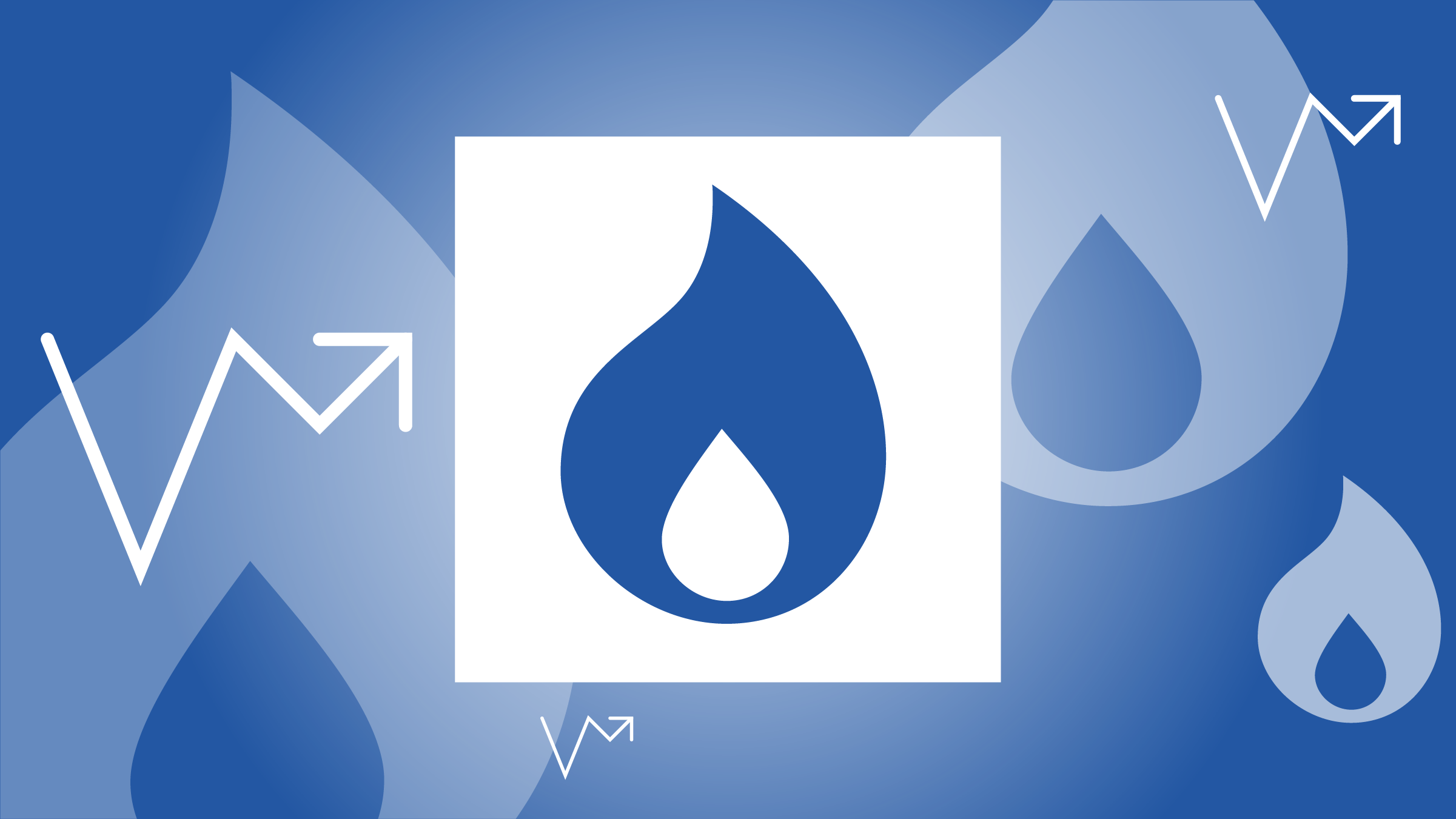
When looking at valuation multiples (like P/E ratio for example) to gauge if a security is overvalued, it is often useful to measure against both the stock’s own history, and peers in the same sector. To this end, today I use Morningstar® CPMS™ to look for Canadian-listed companies that are trading at lower valuation metrics relative to their sectors, and are also expected to grow dividends. To do this, I rank the 709 companies in the Morningstar® CPMS™ Canadian database by:
-Expected dividend growth rate (comparing the dividends announced but not yet paid against trailing dividends)
-Sector relative Price to Earnings (P/E), Price to Book (P/B), and Price to Cashflow (P/CF) ratios.
I take the multiple for the company and compare it against the median of the sector to which it belongs. In the table, an industry relative P/E of 0.7 implies that the company’s P/E ratio is 30% lower than that of the sector (lower figures preferred).

Only companies with a market cap and dividend yield greater than the bottom third of the universe were considered (today these figures are $180M CAD and 1.5%, respectively). As a check to see that dividends are reasonably sustainable, I set a screen to ensure that the dividend payout ratio on earnings or cashflows were less than 80% or 60%, respectively. Finally, to ensure companies were profitable, I only considered companies with positive five-year average return on equity.
I then used Morningstar® CPMS™ to backtest this strategy from September 1997 to February 2021. I used a maximum of 15 stocks with no more than 3 per economic sector. Once a month, stocks were sold if they fell below the top 25% of the index based on the metrics previously described, or if the dividend payout ratios on earnings and cashflows exceeded 90% and 70%, respectively. When sold, they were replaced with the highest ranked stock qualifying stock not already held in the portfolio. Additionally, to account for potential concern of smaller names that qualify, a 2% liquidity cost was included, implying that stocks were sold for 2% less than the close price of the month, and purchased for 2% more. On this basis, the strategy produced an annualized total return of 14.9%, while the S&P/TSX Composite TR index produced 6.7%.

The top 15 stocks that meet the requirements to be purchased today are listed in the accompanying table.

Note: This article does not constitute financial advice. It is always recommended to speak with a financial advisor or professional before investing.
How Exposed Is Your Equity?
Get The Global Makeup Of Equity Indexes With Our Free Tool Here



















